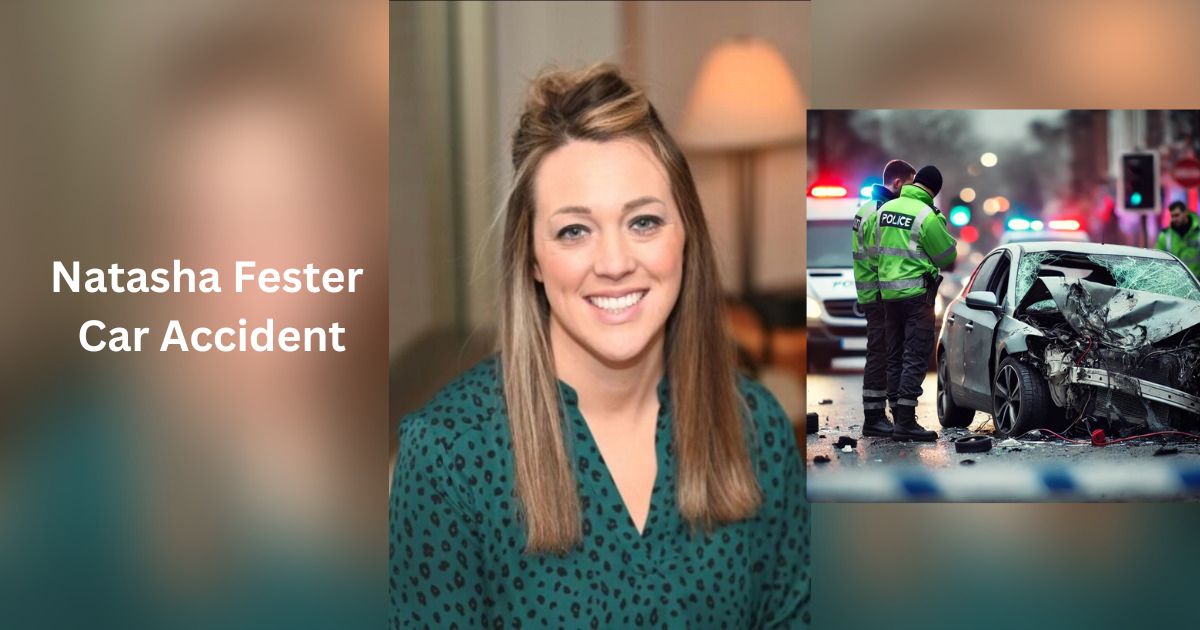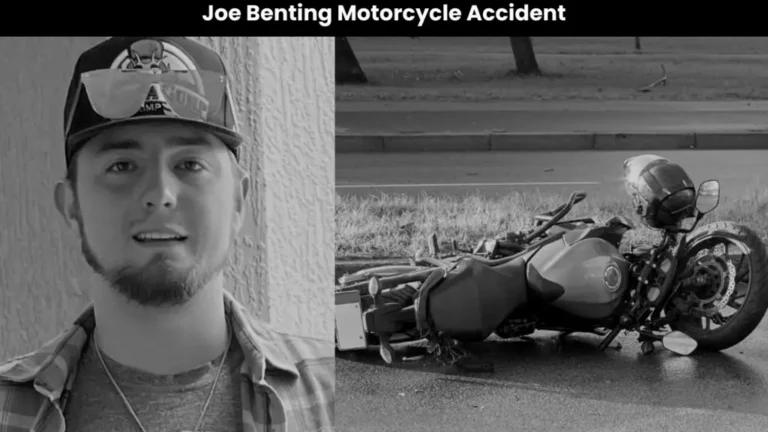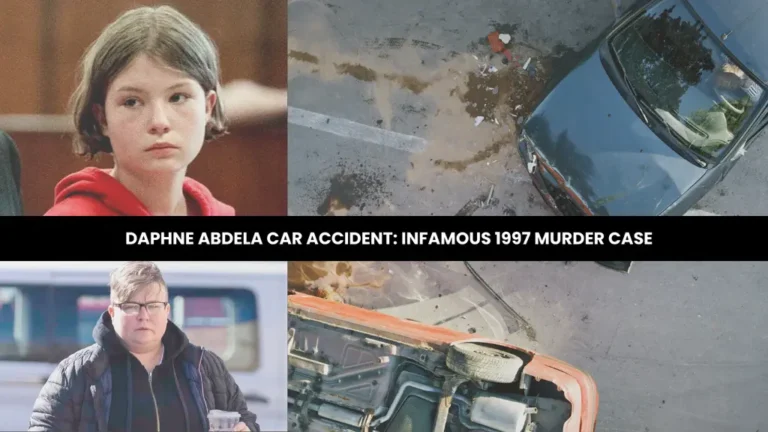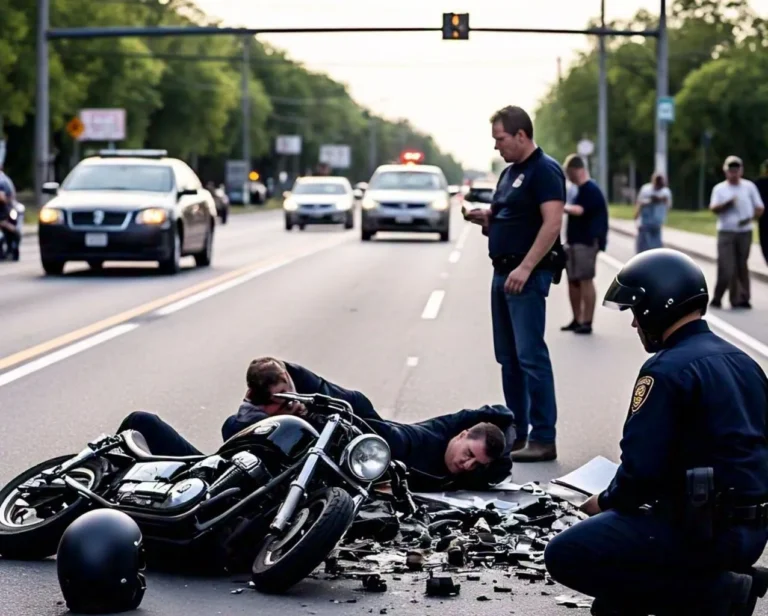Natasha Fester Car Accident: The Moment That Left a Town in Silence
It’s been months since the Natasha Fester car accident, yet the weight of that day hasn’t lifted. You still hear her name in quiet conversations at school, in church, even at the grocery store—proof that her presence hasn’t faded, only shifted into memory. The tragedy may have happened in a moment, but its impact has lingered, woven into the lives of those who loved her and even those who never met her. As her community continues to heal, one thing remains clear: Natasha isn’t forgotten. Her story still lives on in the way people drive more carefully, check in on each other, and hold their loved ones a little tighter.
A Closer Look at the Natasha Fester Car Accident
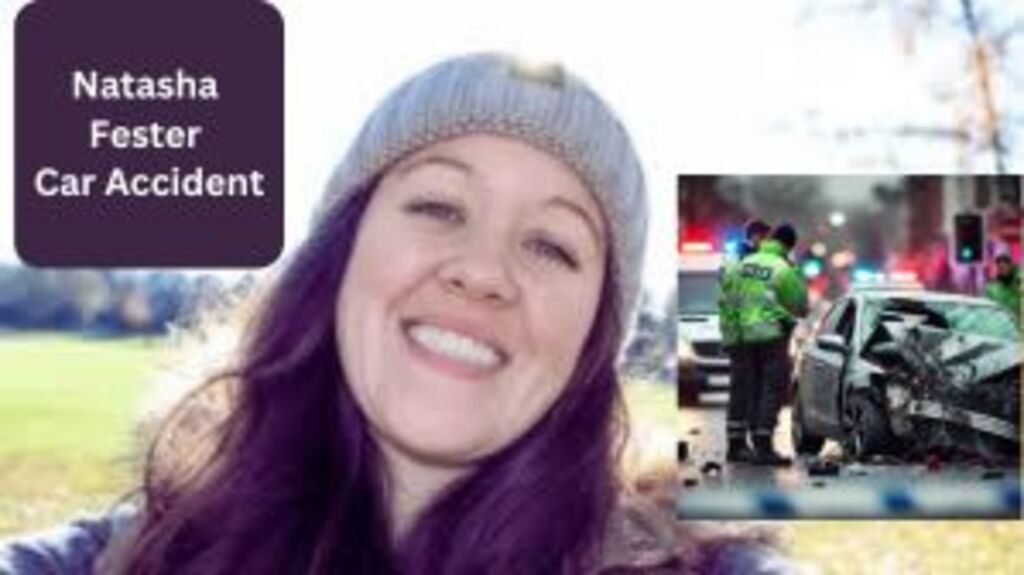
Natasha Fester’s accident on March 13, 2024, took place on a busy highway in Grove City, Minnesota, during the evening rush hour. Preliminary reports indicate that Natasha was driving alone when her vehicle collided with another car. Emergency responders arrived promptly, but the impact was too severe, and Natasha tragically did not survive. The investigation is ongoing, with authorities looking into potential causes such as speed, weather, and possible mechanical issues to understand how this tragic incident occurred.
Natasha Mae Fester Obituary
Natasha Mae Fester, born on September 13, 1990, in Willmar, Minnesota, was a cherished wife, mother, friend, and dedicated mental health professional. Tragically, she passed away on March 13, 2024, in a car accident that has left her family and community heartbroken. Natasha was deeply committed to her work as a Psychiatric Mental Health Nurse Practitioner at CentraCare Rice Memorial Hospital, where she was known for her compassion and dedication. She is remembered as a loving wife to her husband, Matthew, and a devoted mother to their four children. Her kindness, generosity, and warmth left an indelible mark on all who knew her.
About Natasha Mae Fester
Natasha Fester was more than just a name in a tragic news story. She was a vibrant, compassionate individual who touched the lives of everyone she met. Born on September 13, 1990, in Willmar, Minnesota, Natasha excelled academically and was deeply involved in her community. Her tragic accident has left a void that is felt by many.
| Detail | Information |
|---|---|
| Full Name | Natasha Mae Fester |
| Date of Birth | September 13, 1990 |
| Place of Birth | Willmar, Minnesota |
| Parents | Jeff and Lisa (Chase) Adkins |
| Spouse | Matthew Fester (married on July 7, 2012) |
| Children | Mason (12), Marshel (8), Maxton (5), MaKinlee (3) |
| Education | Willmar High School, LPN degree from Ridgewater College, RN degree from Rasmussen College, St. Cloud, BSN degree from Mankato State, PMHNP degree from the University of North Dakota (August 2023) |
| Career | Administrator of C.A.R.E., Psychiatric Mental Health Nurse Practitioner at CentraCare Rice Memorial Hospital (November 2023) |
Impact of the Accident
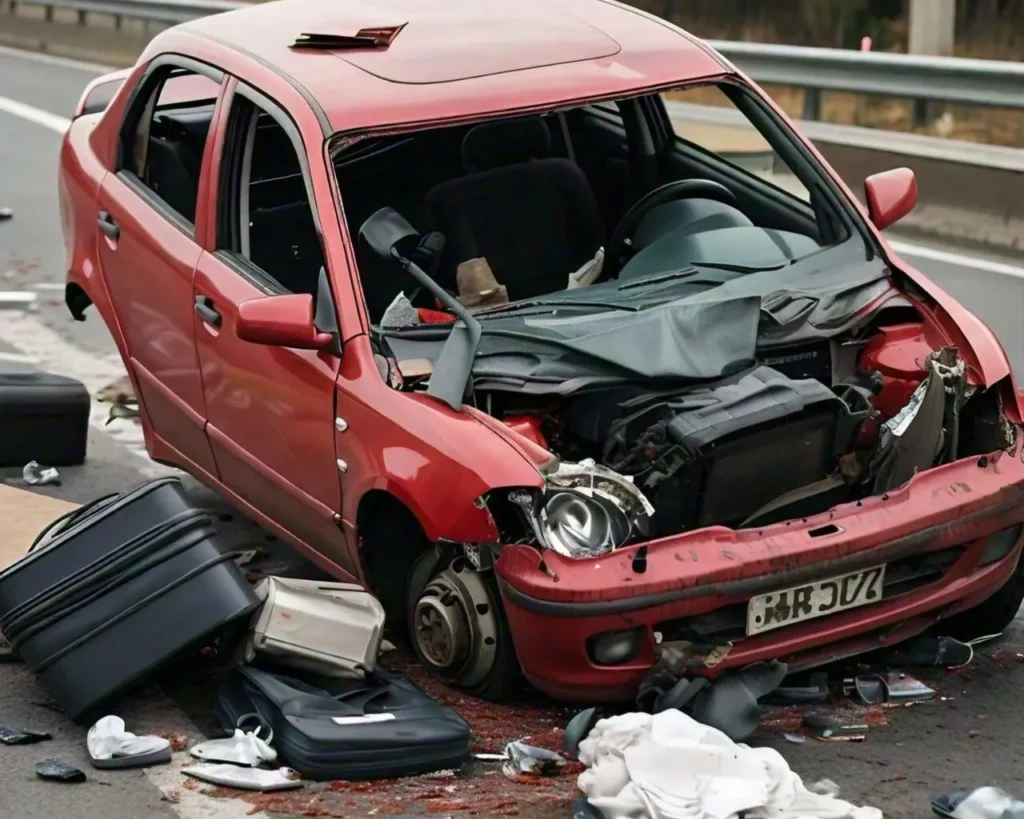
- Injuries: Natasha suffered serious injuries, highlighting just how important vehicle safety features and immediate medical attention are after a crash.
- Emotional Impact: Car accidents often leave lasting emotional scars, not just physical ones. Natasha’s accident reminds us of the mental health needs that can arise after trauma and the importance of addressing them.
- Who’s at Fault?: Sorting out who’s responsible is key for any legal steps. This process looks at whether traffic rules were followed, if anyone acted negligently, and how road safety laws were observed.
- Insurance and Expenses: The accident will likely involve insurance claims to cover both vehicle damage and medical costs. Understanding the claims process can help people better handle the practicalities that follow an accident.
- Medical Care and Recovery:
- Immediate Attention: In any serious accident, the quick work of first responders makes a huge difference. They stabilize and provide essential care right on the scene.
- Long-Term Recovery: Some injuries need extended care, like physical therapy or counseling, to ensure a complete recovery over time.
Legal Actions Taken Following the Accident
In the wake of Natasha Fester’s tragic accident, her family and legal representatives have initiated several actions to seek justice and uncover the causes behind the incident. These steps are not only intended to provide answers for her family but also to highlight potential safety improvements for others on the road. Here’s a look at the legal actions being pursued:
- Liability Investigation: Authorities are conducting a thorough investigation to determine who may be at fault. This process involves reviewing any possible traffic violations, negligence, or unsafe driving behaviors by other parties involved. This step is essential for establishing liability and ensuring accountability.
- Inspection of Vehicle Condition: Investigators are examining Natasha’s vehicle to rule out any mechanical issues that could have contributed to the accident. This includes checking for brake or engine malfunctions, tire conditions, and any recent maintenance history. Understanding whether a mechanical issue played a role is crucial in determining if a third party, such as a manufacturer or repair service, could share responsibility.
- Insurance Claims: Natasha’s family has likely filed insurance claims to cover the costs associated with the accident, including medical expenses, vehicle damage, and any other immediate expenses resulting from the incident. This process can be complex, and the family may be working closely with insurance adjusters to ensure adequate support during this difficult time.
- Legal Consultation for Compensation: Given the severity of the accident, the family is consulting legal professionals about potential compensation options. This might include pursuing a wrongful death claim if there’s evidence of negligence by other drivers or third parties. This claim would aim to provide financial support to Natasha’s loved ones as they cope with their loss.
- Advocacy for Road Safety Measures: Beyond the legal actions, Natasha’s family and supporters are also advocating for stronger road safety measures in the community. They hope to push for clearer road signage, regular road maintenance, and better enforcement of traffic laws to help prevent similar accidents in the future. This advocacy work has drawn attention from local officials and community members, with many supporting calls for improved safety regulations.
Possible Causes of the Accident
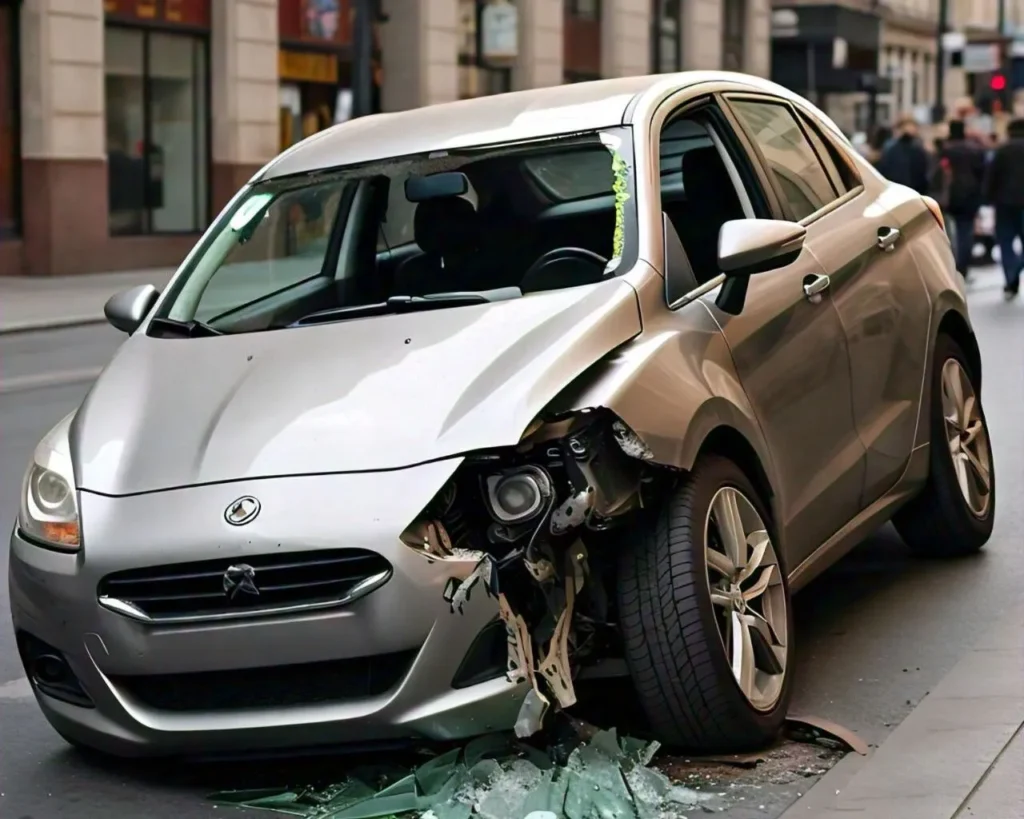
Speeding: Speeding is a common cause of car accidents. If Natasha or the other driver exceeded the speed limit, it may have worsened the crash’s impact.
Distracted Driving: Distractions like using a mobile phone, adjusting the radio, or talking to passengers can divert attention from the road, increasing accident risk.
Weather Conditions: Poor weather, such as rain, fog, or icy roads, can make driving more dangerous by reducing visibility and road traction.
Mechanical Failures: Mechanical problems, like brake failure or tire blowouts, can lead to accidents. Investigators will examine Natasha’s vehicle to check for any such issues.
Community Support
- Community Reaction: Natasha’s accident has impacted her local community deeply. In times like these, the support from neighbors, friends, and family is invaluable, offering emotional comfort and practical help when it’s needed most.
- Fundraising Efforts: Often, communities come together to organize fundraisers, giving families financial support for medical bills and other expenses. These efforts, whether local or online, make a big difference in helping families cope.
Road Safety Measures to Prevent Car Accidents
Understanding and implementing road safety measures is crucial in preventing accidents like the one that claimed Natasha Fester’s life. Here are some key measures:
- Speed Management: Adhering to speed limits and implementing speed control measures such as speed bumps and traffic cameras can significantly reduce the risk of accidents.
- Enhanced Signage and Road Markings: Clear and visible road signs, as well as well-maintained road markings, help drivers navigate safely, especially in areas prone to accidents.
- Pedestrian Safety: Ensuring pedestrian crossings are clearly marked and have adequate lighting can protect pedestrians and reduce accidents.
- Driver Education Programs: Comprehensive driver education programs that emphasize safe driving practices and the dangers of distracted driving can improve road safety.
- Regular Vehicle Inspections: Mandatory vehicle inspections to ensure cars are in good working condition can prevent accidents caused by mechanical failures.
- Technology in Vehicles: Promoting the use of modern vehicle safety technologies, such as anti-lock braking systems (ABS) and electronic stability control (ESC), can prevent many accidents.
Conclusion
The Natasha Fester car accident is a tragic reminder of the dangers that exist on the road. By understanding the factors that contribute to such accidents and taking preventive measures, we can work towards creating safer roads for everyone. This comprehensive analysis serves as a resource for raising awareness and promoting safe driving practices. Through education and vigilance, we can help prevent future accidents and ensure the well-being of all road users.
Frequently Asked Questions
1. What was the cause of the Natasha Fester car accident?
The exact cause of the Natasha Fester car accident is still under investigation. Factors such as speeding, distracted driving, weather conditions, and potential mechanical failures are being considered.
2. How can such accidents be prevented in the future?
Accidents like the Natasha Fester car accident can be prevented by adhering to speed limits, avoiding distractions while driving, maintaining vehicles regularly, and raising awareness about safe driving practices.
3. What should I do if I witness a car accident?
If you witness a car accident, immediately call emergency services to report the incident. Provide accurate details about the location and nature of the accident, and offer assistance to the victims if it is safe to do so.
4. What are the common causes of car accidents?
Common causes of car accidents include speeding, distracted driving, driving under the influence of alcohol or drugs, weather conditions, and mechanical failures.
5. How can I support someone who has been in a car accident?
Supporting someone who has been in a car accident involves offering emotional support, helping them with practical needs such as transportation or medical appointments, and encouraging them to seek professional help if they are experiencing emotional or psychological distress.
